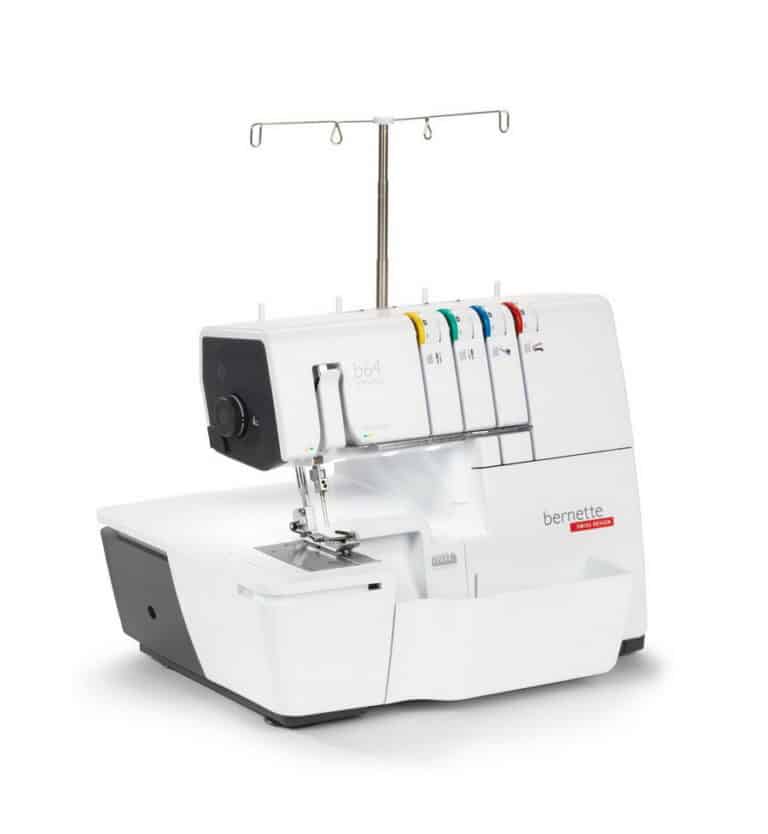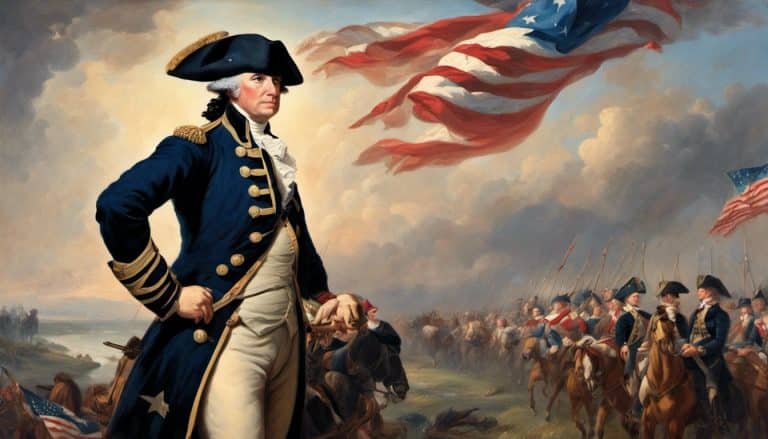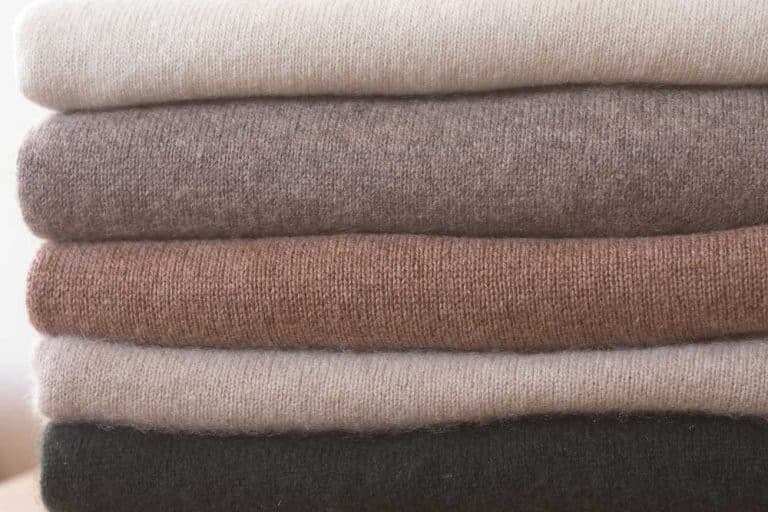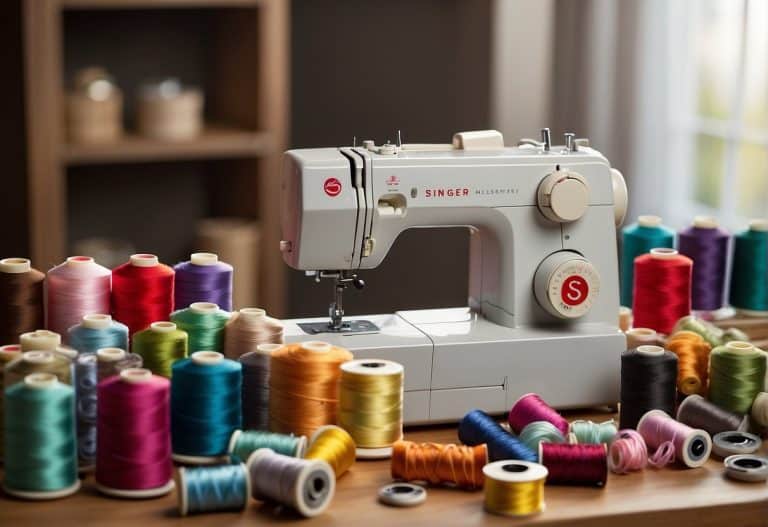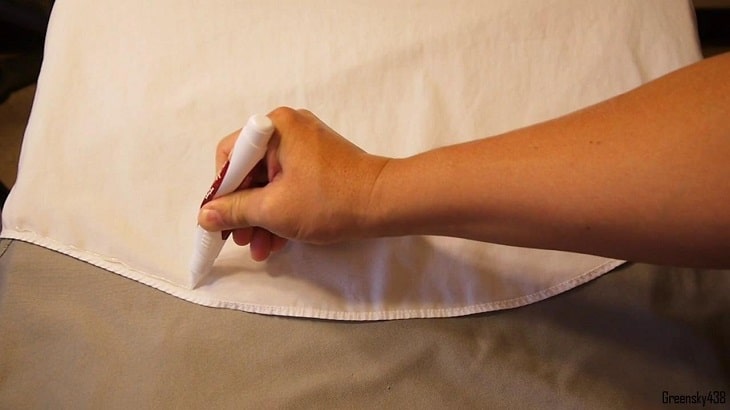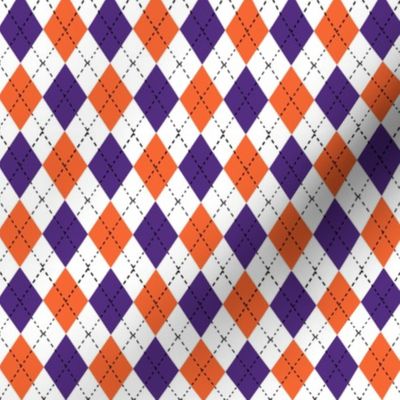How to Design Your Own Sewing Patterns
Table of Contents
- 1 Make Your Own Patterns in 5 Easy Steps!
- 2 What are the top five methods for designing one’s own sewing patterns?
- 3 Create your own stunning wardrobe by drawing up patterns and sewing them together.
- 3.1 However, what tools are available for making one’s own patterns, and how does one determine which tool is most appropriate for a given circumstance?
- 3.2 The First Approach: Creating Patterns by Hand
- 3.3 Method 2 Trace Previously Worn Garments
- 3.4 Method 3. Deconstruct an existing garment
- 3.5 Method 4: Alter An Existing (And Well Fitting) Commercial Pattern
- 3.6 Technique 5: Draping to Make a Flat Pattern for Sewing
- 3.7 What are the 3 most important tools in sewing?
- 3.8 What are trending patterns?
Make Your Own Patterns in 5 Easy Steps!
Want to learn how to design your own sewing patterns? There seems to be a growing interest in how sewing patterns are created, so it’s likely that many of you are here because you want to make your own.
Pattern-making isn’t the simplest skill to pick up, but there are some helpful hints and hacks that anyone can use to get started.
I’m going to show you how to draft your own sewing patterns in five different ways today. First, let’s make a pattern you can draft on paper so you can make your own one-of-a-kind masterpieces. That’s pretty cool, right?
Choosing a method for creating your own clothing patterns is the first order of business.
To learn this, you must first have:
- Because most people learn and work in different ways, having a sense of the method you prefer to use is helpful.
2. You must consider the amount of time you have available, as some approaches are quicker than others.
3. In order to maximize your chances of success, you should plan out what kind of design you’ll be working on.
HOW TO DRAFT YOUR OWN PATTERNS
What are the top five methods for designing one’s own sewing patterns?
The majority of people who decide to take up pattern-making have finally had it with constantly having to alter store-bought patterns to achieve a satisfactory fit.
Adjustments ranged from the full bust to the sway back and then the length as well… and you could spend the entire day tinkering with a sewing pattern and not come any closer to a completed garment.
Create your own stunning wardrobe by drawing up patterns and sewing them together.
Then there are those who wish they had access to more unique clothing choices than what is currently available commercially. Moreover, I sympathize.
I have always had trouble finding clothes that fit me in the lengthwise dimension because I am typically the shortest person present.
However, what tools are available for making one’s own patterns, and how does one determine which tool is most appropriate for a given circumstance?
When it comes to creating your own sewing patterns, you have only five options.
- DIY pattern making based on your own body measurements
2. Cloning your favorite garments is as simple as tracing an item you already own that fits you well.
3. Take apart a well-fitting garment and use the pieces to draft your own pattern.
4. Personalize a commercial sewing pattern that fits you well.
5. Making a 2D design using a 3D drape
The First Approach: Creating Patterns by Hand
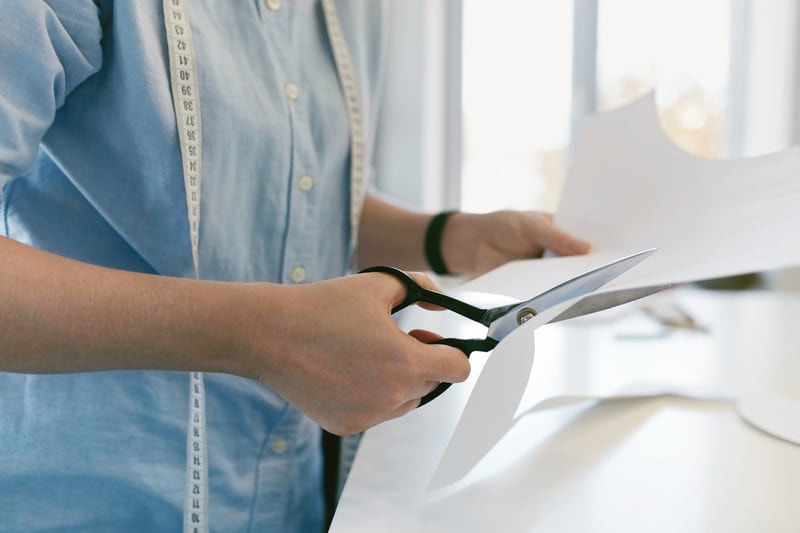
When people are just getting started with pattern making, they usually choose this one. They decide to dive headfirst into creating their own sewing patterns and purchase a pattern-making book, only to find that the diagrams aren’t always straightforward.
Then they get discouraged and give up after they “have a go” at drafting a block from the book and make mistakes. Do these descriptions fit you?
But to be fair, this is usually due to the unreliability of their measurements.
Taking your measurements is an essential first step when designing your own sewing patterns. Your measurements need to be:
In all the right places
Taken by a third party
Patterns, blocks, and slopers made with inaccurate measurements will be incorrect and will not fit properly.
While I don’t think learning to draft from scratch is essential to becoming a successful pattern maker, I do think it’s helpful to see the process from start to finish if you want to design your own sewing patterns.
There are two methods for creating a blank slate.
Get the size that’s closest to you based on the measurements in a book, and then adjust the block so it fits you perfectly.
If you want to make a block or sloper from scratch, you’ll need to use your own measurements.
The solutions to your various fit problems are then applied to the pattern after you’ve obtained an accurate base pattern using method one.
Method 2 Trace Previously Worn Garments
This is recommended for anyone who is comfortable with their measuring abilities and can dive in without any prior practice.
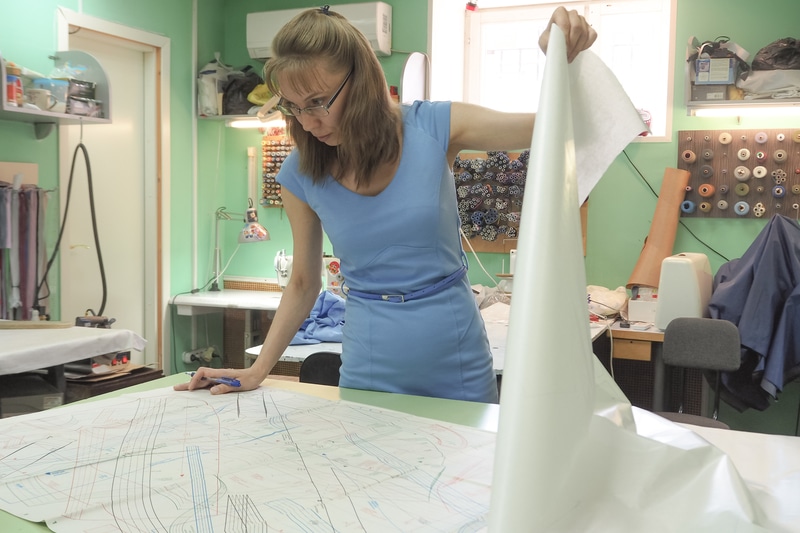
As an alternative, you can trace previously worn garments to create new patterns.
The fashion industry routinely employs this method.
To make a pattern, you will first need to locate a garment that you like and that fits well. When the various pieces are sewn together, they should fit snugly, so it’s important to make sure they are true.
When you find the perfect fit, you can build upon it to create new looks.
This method is effective because you are using an item of clothing that you already have and are comfortable wearing. Because you are making an exact copy, the resulting pattern for the new garment should fit well once the smallest imperfections have been ironed out.
Even so, tracing isn’t always the best option when it comes to creating precise sewing patterns. Consider the knitted t-shirts you own; after a wash and dry, do the side seams twist?
Method 3. Deconstruct an existing garment
Deconstructing an existing garment is my go-to “hacking” strategy (well, that and tracing). This method of cloning the garment, as opposed to tracing it, yields a more precise sewing pattern in my experience.
Putting on a few well-fitting garments is a great way to achieve that unique “couture for you” look.
It’s best to get started with an item that you know fits perfectly but that you just can’t bring yourself to wear because of the color. Then you can disassemble it without remorse and use the pieces to create your own pattern.
The time commitment of this method is a drawback. When creating a sewing pattern, it’s important to carefully document the construction/deconstruction process so that the garment can be recreated exactly. And naturally, this process is slow.
Method 4: Alter An Existing (And Well Fitting) Commercial Pattern
McCalls is a great example of a well-fitting commercial pattern that can be modified to create a new style.
You cannot use a commercial sewing pattern as a starting point if you are learning how to make sewing patterns for use by other people (i.e., you will be making money from the patterns). It’s totally not cool to steal someone else’s ideas and sell them as your own.
Learn how to adapt a commercial pattern into a block so you can use it over and over again if you are a serious seamstress with no interest in mass production. I have experience with this kind of thing. For the sake of openness and replicability, document the ‘origin’ details of any patterns you subsequently create.
Using a preexisting commercial pattern as a starting point for your own creation saves time compared to the other methods we’ve looked at so far for creating a sewing pattern.
Although I enjoy using commercial and independent sewing patterns when they are used correctly, I much prefer creating my own.
Technique 5: Draping to Make a Flat Pattern for Sewing
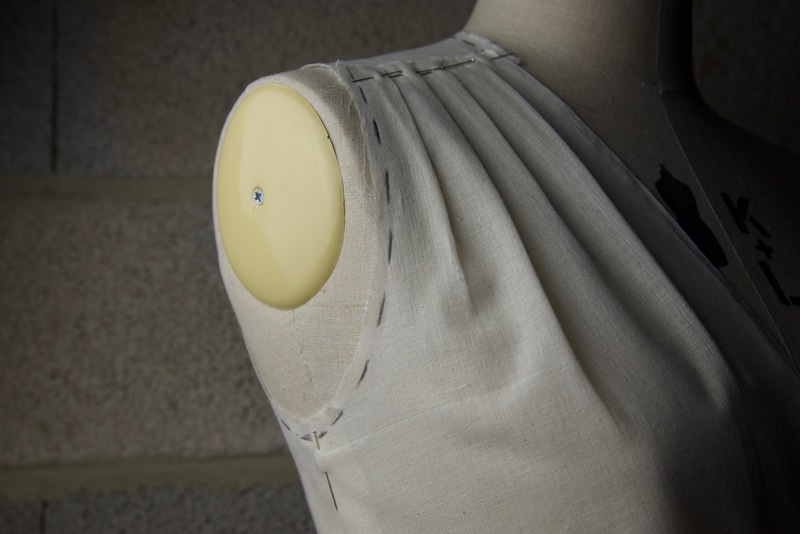
If I have to choose between draping and other methods, I usually go with draping in designing my own sewing patterns.
Let me be perfectly clear: this is my preferred approach to designing my own patterns.
Draping fabric on a stand or a model and then using the resulting pattern is a great deal of fun.
The accuracy of draping to make blocks may be the highest. You are, in fact, creating a self-parodying moulage. Except… draping oneself is awfully difficult, right?
In order to learn how to sew, most people either enroll in classes taught in person, work on each other, or use the tee shirt/duct tape method to fashion a body double.
It’s one of the more creative ways to make your own sewing patterns, but you’ll need a dress stand or a human model.
You’ll need a dress form to begin draping your own patterns.
Instructional Videos on Pattern Drafting
If that’s whetted your appetite for creating your own sewing patterns, here are some helpful, nifty, and free pattern-making tutorials to get you started:
What are the 3 most important tools in sewing?
The three most important tools for sewing are a sewing machine, scissors, and fabric. A sewing machine is used to stitch fabric together and create a variety of different stitches for different types of projects. Scissors are used to cut fabric, thread, and other materials for sewing. Fabric is the material used to make garments and other items
What are trending patterns?
Trending patterns at the moment include bold geometric shapes, off-the-shoulder necklines, and ruffles.
Makerist is a great site for finding patterns created by other home sewists who design and sell their own patterns. I find a lot of great inspiration from designers, which gives me the confidence to create my own sewing patterns.
You can also find patterns on Etsy like this cute pet bandana.


